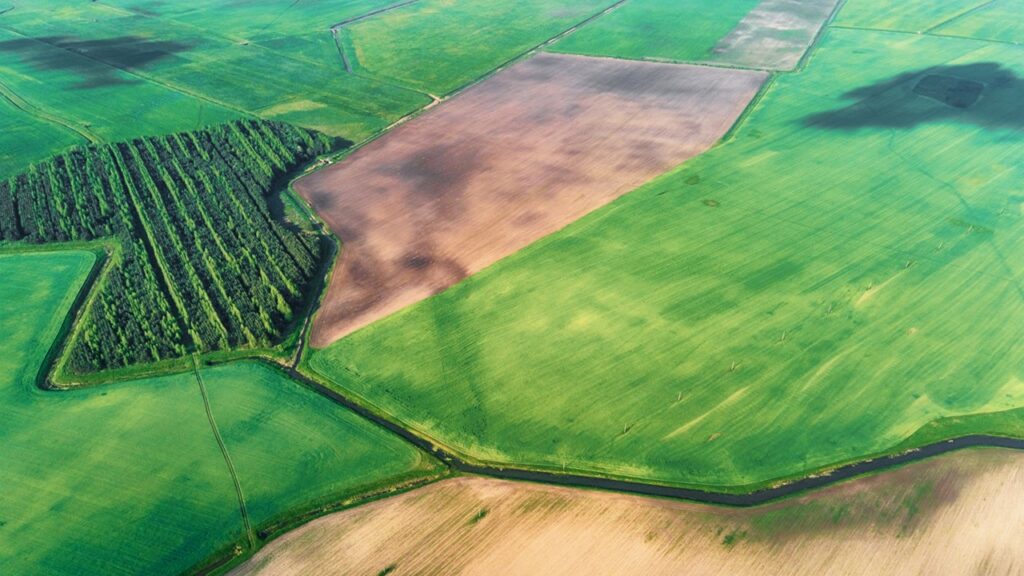Agri-climate monitoring for climate change impact analysis
AgriDataValue, a pioneering initiative in Smart Farming, focuses on several multidisciplinary branches in the sector of agriculture, a fundamental one that embraces Agri-climate monitoring to comprehensively analyze the impacts of climate change on agricultural and livestock productions. By harnessing the power of advanced technologies such as Big Data, IoT sensors, Explainable Artificial Intelligence (XAI), and Federated deep machine learning (FDML), AgriDataValue aims to create a fully distributed Agri-Environment Data Space (ADS) as the platform of data platforms in the field. The project recognizes the critical role of climate variability and change in affecting agricultural production, biodiversity, and food security. Through the integration of diverse agricultural data, including micro-climate measurements and projections (small and large scales), soil conditions, and pest developments, AgriDataValue seeks to provide farmers with actionable insights as adaptation strategies to extreme climate changes aiming for risk mitigation. The initiative also aims to achieve the key objectives outlined in the EU Common Agricultural Policy (CAP) strategy for the period 2023-2027. It aspires to be a game-changer in facilitating climate-resilient and sustainable agriculture practices in the face of evolving climate patterns.
A set of Agri-climate monitoring methodologies have been selected for potential application which are presented in figure 1.

AI-based decision support system under the AgriDataValue principles
The AgriDataValue solution proposes a decision-support system (DSS) based on XAI and FDML. The main components of the DSS, its inputs and outputs are presented in Figure 2. The DSS functionality depends on five main components which are:
- Climate data analysis
- Data processing including data sampling, filtration, and dimension reduction.
- Data analysis including correlation analysis and progressive elimination processes
- Climate projection models
- Air temperature forecasting (small-scale and large-scale projections)
- Crop growth, Livestock, and Agro-economic models
- Simulation of crop growth and livestock and estimating Agro-economic reactions using the forecasted air temperature.
- Vulnerability analysis
- Observation of the tendencies in climate and the change in its extreme conditions.
- Analyzing vulnerabilities in the simulated and estimated results about the impact of climate change on agriculture and livestock.
- Decision support component: adaptation strategies
- Providing the user with informed decision support as suggested adaptation strategies to climate impact on crops, soil, livestock, and biodiversity.
- Interpretable explanations for the experienced and non-experienced users that led the algorithm to the conclusions.
Following the above steps to reach the aspired results, the AgriDataValue solution ensures a trustworthy interaction of the user since it functions based on XAI and FDML which are highly important wherever interpretability and privacy are crucial, especially and most importantly in the decision-making stage.



